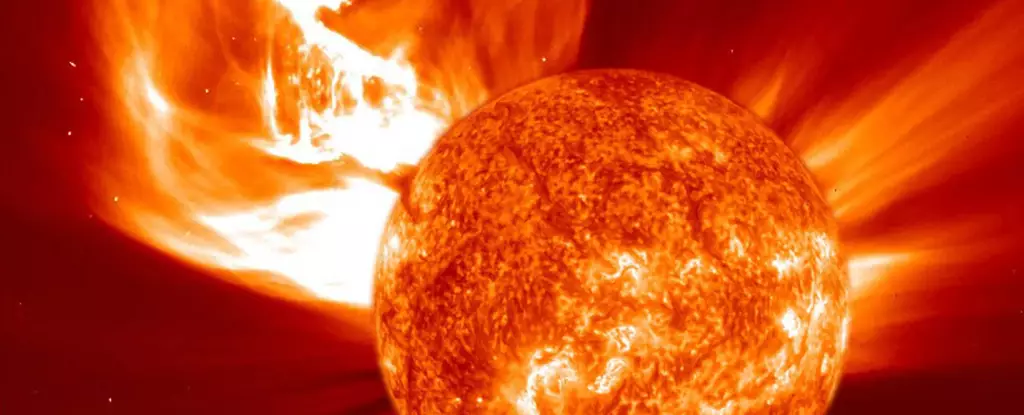In the realm of space exploration, satellite missions are often met with expectations of success and longevity. However, Curtin University’s Binar Space Program recently faced an unforeseen setback when three of its CubeSats—designated Binar-2, Binar-3, and Binar-4—met an early demise by burning up upon re-entry into Earth’s atmosphere. Intended to operate for six months, these satellites only lasted a mere two months, significantly curtailing their valuable data collection and testing opportunities. The untimely failure can be attributed to heightened solar activity, a phenomenon that satellite operators have increasingly encountered in recent years.
The solar phenomena affecting the Binar satellites are rooted in the Sun’s 11-year cycle of solar activity, which encompasses various occurrences, including sunspots, solar flares, and solar winds. These activities are consequences of the Sun’s magnetic fields, which undergo periodic shifts that result in fluctuating levels of radiation and charged particles emitted toward Earth. Solar Cycle 25, currently underway, has displayed levels of solar activity unexpectedly higher than anticipated; indeed, activity indicators are more than one-and-a-half times beyond forecasted levels for this period.
The increased solar output is of particular concern for low Earth orbit (LEO) satellites, such as the Binar CubeSats. With the absence of thrusters or altitude-adjusting tools, these satellites become susceptible to escalated atmospheric drag—caused by an expanded outer atmosphere absorbing the additional solar energy. This drag not only disrupts their orbital paths but accelerates their descent back into the atmosphere, leading to premature destruction.
The ramifications of solar activity reverberate beyond mere satellite operations. Space weather, driven largely by solar phenomena, manifests in various observable forms, such as the vibrant auroras seen at higher latitudes. Interestingly, recent months have witnessed these luminous displays appearing much closer to the equator than typically recorded in the last two decades. Such changes act as a harbinger of the potential hazards that intensified solar activity poses not only to technology in space but also to aviation and telecommunications on the ground.
Moreover, elevated solar activity amplifies doses of ionizing radiation—exposing astronauts and pilots to higher levels, potentially impacting their health. The implications stretch further, with possible disruptions to long-distance communications, as the charged particles alter radio signal propagation.
Founded with the goal of increasing accessibility to space and advancing our understanding of the Solar System, the Binar Space Program launched its first satellite in September 2021 into a period of relatively inactive solar conditions. Binar-1 successfully orbited Earth for an entire year, accumulating essential data without the interference of extreme solar events. In stark contrast, the follow-up missions Binar-2, 3, and 4 have highlighted the stark unpredictability of solar activity during their missions.
The Binar CubeSats, despite their compact and cost-effective design, faced challenges that underlined the urgent need for enhanced prediction methods regarding space weather. The nascent field of solar forecasting struggles with the complexity of solar dynamics, revealing how ill-equipped operators can be in anticipating the impact of increased solar activity on satellite longevity and data integrity.
While the premature loss of Binar-2, 3, and 4 is indeed unfortunate, it paves the way for valuable lessons and encourages refinement in future missions and spacecraft design. Operators must remain vigilant in the face of evolving solar dynamics, demanding improvements in predictive capabilities for space weather. Fortunately, trends suggest a downturn in solar activity may begin around 2026, leading toward a projected solar minimum in 2030, fostering an environment more conducive to satellite operations.
As the Binar Space Program shifts its focus toward future missions, it collectively acknowledges the intrinsic relationship between solar variability and the resilience of satellite technology. With trials and triumphs combined, the program continues to strengthen its capacity for pushing the boundaries of space exploration while adapting to the vicissitudes of the cosmos. The journey through space may be fraught with challenges, but it also offers unlimited potential for discovery and innovation.

